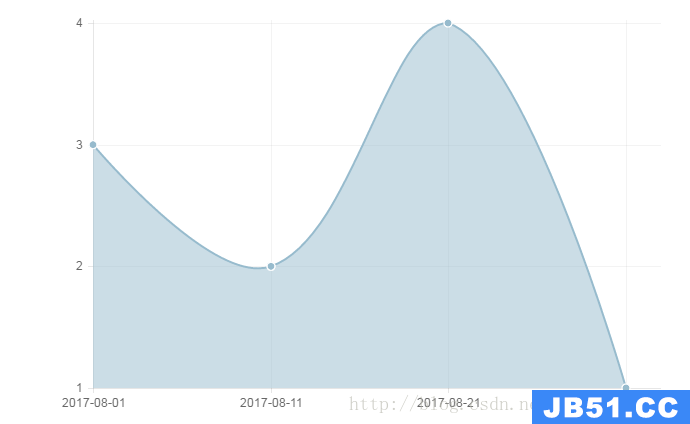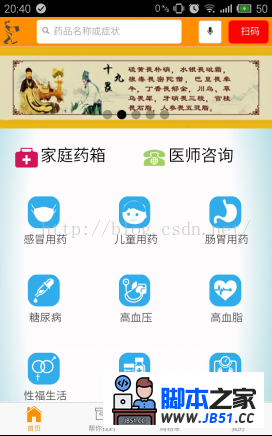我正在试图弄清楚fakeAsync的tick()方法与done()的区别,正如堆栈溢出上的某些
answers所建议的那样.
使用tick()我们可以模拟超时,但我们可以使用done()完成相同的操作吗?
为什么angular将它视为使用异步或伪同步?
举个例子.
这个方法对我有用……
it("Should display names",(done:any) => {
component.names = [
{
"firstname": "abc","lastname": "max"
},{
"firstname": "def",];
done();
fixture.detectChanges();
let wrapBox = fixture.debugElement.queryAll(By.css('.wrapBox'));
console.log(wrapBox);
});
但是以下方法返回’6个计时器仍在队列中’错误…
it("Should display names",fakeAsync(() => {
component.names = [
{
"firstname": "abc",];
tick();
fixture.detectChanges();
let wrapBox = fixture.debugElement.queryAll(By.css('.wrapBox'));
console.log(wrapBox);
}));
注意:
>数组名称的数据是异步的,因为它是使用“get”操作从后端检索的.但在这里我嘲笑数据.
>迭代数组中的数据并传递给另一个子组件,该子组件在视图中显示它.
解决方法
这两件事没有任何共同之处.
完成只是一个回调,让你的测试运行器知道异步操作何时完成.
例如:
it('should wait for this promise to finish',done => {
const p = new Promise((resolve,reject) =>
setTimeout(() => resolve(`I'm the promise result`),1000)
);
p.then(result => {
// following will display "I'm the promise result" after 1s
console.log(result);
// this let your test runner know that it can move forward
// because we're done here
// the test will take 1s due to the setTimeout at 1000ms
done();
});
});
您也可以使用异步(只是为了避免手动调用):
it(
'should wait for this promise to finish',async(() => {
const p = new Promise((resolve,reject) =>
setTimeout(() => resolve(`I'm the promise result`),1000)
);
p.then(result =>
// following will display "I'm the promise result" after 1s
console.log(result)
);
// notice that we didn't call `done` here thanks to async
// which created a special zone from zone.js
// this test is now aware of pending async operation and will wait
// for it before passing to the next one
})
);
现在,fakeAsync可以让你随着时间的推移控制(这真的很强大),所以你可以用同步方式编写测试,并模拟时间过去以避免等待setTimeout,例如:
it(
'should wait for this promise to finish',fakeAsync(() => {
const p = new Promise((resolve,1000)
);
// simulates time moving forward and executing async tasks
flush();
p.then(result =>
// following will display "I'm the promise result" **instantly**
console.log(result)
);
// notice that we didn't call `done` here has there's no async task pending
})
);
所以要清楚一点,在上一个例子中使用fakeAsync,如果setTimeout设置为10s,测试仍然会立即执行.

 AngularJS中使用Chart.js制折线图与饼图实例 Chart.js 是...
AngularJS中使用Chart.js制折线图与饼图实例 Chart.js 是... IE浏览器兼容性后续前言 继续尝试解决IE浏览器兼容性问题,...
IE浏览器兼容性后续前言 继续尝试解决IE浏览器兼容性问题,... Angular实现下拉菜单多选写这篇文章时,引用文章地址如下:h...
Angular实现下拉菜单多选写这篇文章时,引用文章地址如下:h... 在AngularJS应用中集成科大讯飞语音输入功能前言 根据项目...
在AngularJS应用中集成科大讯飞语音输入功能前言 根据项目... Angular数据更新不及时问题探讨前言 在修复控制角标正确变...
Angular数据更新不及时问题探讨前言 在修复控制角标正确变...